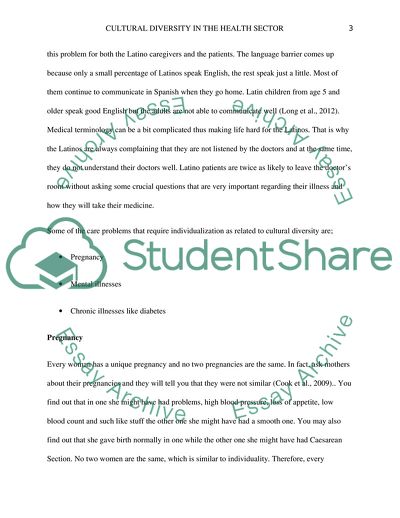Cite this document
(Cultural Diversity Paper Essay Example | Topics and Well Written Essays - 1000 words, n.d.)
Cultural Diversity Paper Essay Example | Topics and Well Written Essays - 1000 words. https://studentshare.org/medical-science/1825569-cultural-diversity-in-the-health-sector
Cultural Diversity Paper Essay Example | Topics and Well Written Essays - 1000 words. https://studentshare.org/medical-science/1825569-cultural-diversity-in-the-health-sector
(Cultural Diversity Paper Essay Example | Topics and Well Written Essays - 1000 Words)
Cultural Diversity Paper Essay Example | Topics and Well Written Essays - 1000 Words. https://studentshare.org/medical-science/1825569-cultural-diversity-in-the-health-sector.
Cultural Diversity Paper Essay Example | Topics and Well Written Essays - 1000 Words. https://studentshare.org/medical-science/1825569-cultural-diversity-in-the-health-sector.
“Cultural Diversity Paper Essay Example | Topics and Well Written Essays - 1000 Words”. https://studentshare.org/medical-science/1825569-cultural-diversity-in-the-health-sector.


